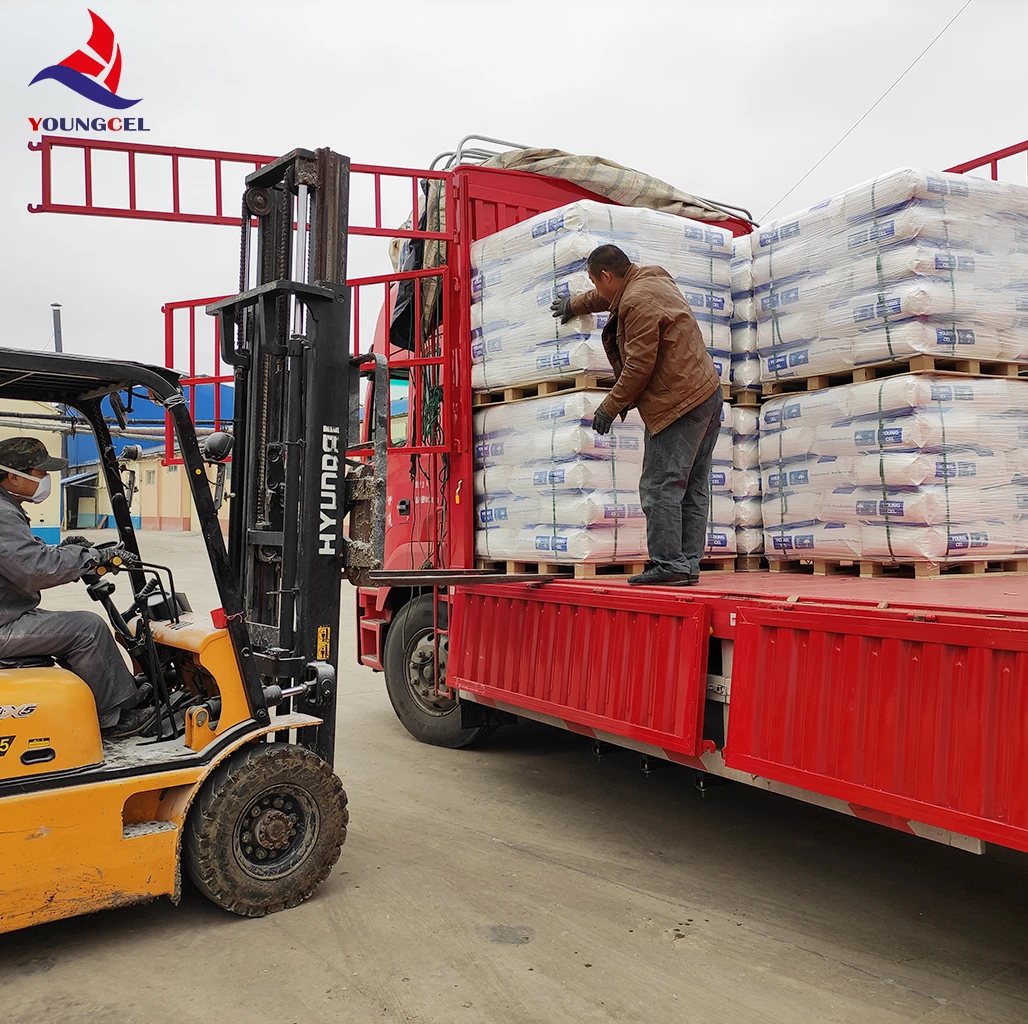Understanding Chemical Composition for Tile Bonding
Tile bonding is a critical aspect of both residential and commercial construction, ensuring that tiles adhere securely to surfaces and withstand the test of time. One of the key factors in achieving strong tile bonds is understanding the chemical composition of the adhesives used. This article explores the various chemical components involved in tile bonding, their functions, and the importance of selecting the right product for different applications.
The Role of Adhesives in Tile Bonding
Tile adhesives play a pivotal role in establishing a durable bond between the tile and substrate. These adhesives are often polymer-based and come in various forms, including cementitious, epoxy, and urethane adhesives, each with unique chemical properties that determine their performance.
1. Cementitious Adhesives The most common type, cementitious adhesives are usually a mixture of portland cement, sand, and water-retaining agents. These adhesives rely on the hydration process of the cement to create a strong bond. The chemical composition includes calcium silicates, which react with water to form calcium silicate hydrates, resulting in a solid matrix. This type of adhesive is ideal for ceramic and porcelain tiles, providing excellent shear strength and moisture resistance.
2. Epoxy Adhesives Epoxy adhesives are composed of a resin and a hardener, which when mixed undergo a chemical reaction to form a robust bond. The resin is typically a bisphenol A-epichlorohydrin formulation, whereas the hardener may include amines or anhydrides. Once cured, epoxy adhesives exhibit excellent chemical resistance and can be used in areas exposed to harsh conditions, such as swimming pools or industrial environments. Their superior adhesion properties make them suitable for dense tiles, such as glass or natural stone.
3. Urethane Adhesives Urethane adhesives are characterized by their elasticity and flexibility. Composed of polyurethane prepolymers, these adhesives provide a strong bond while allowing for some movement, making them ideal for applications where thermal expansion and contraction are a concern. This makes urethane adhesives a popular choice for large format tiles and in environments subject to vibrations.
Chemical Additives that Enhance Performance
Apart from the primary components, various chemical additives are included in tile adhesives to enhance their performance. These additives can play a crucial role in improving workability, bond strength, and resistance to environmental factors.
chemical for tile bond

- Plasticizers These chemicals reduce the viscosity of the adhesive, making it easier to spread. They also improve the adhesive's flexibility and workability, which is essential for achieving a smooth application.
- Retarders Added to slow down the curing process, retarders are beneficial in hot climates or when working with large projects, allowing more time for adjustment before the adhesive sets.
- Filler Materials Inert materials are often mixed with adhesives to improve texture and stability. These fillers can enhance the adhesive's mechanical properties and alter its weight, depending on the project's needs.
Importance of Selecting the Right Adhesive
Choosing the right adhesive is critical for ensuring the longevity and performance of tile installations. Factors such as the type of tile, substrate material, environmental conditions, and the specific application must be considered. For instance, using a cementitious adhesive in a wet area might lead to failure due to lack of proper moisture resistance.
Furthermore, understanding the chemical composition and properties of each adhesive type can guide professionals in making informed decisions. For example, when installing heavy natural stone tiles, an epoxy adhesive may be preferred due to its superior mechanical strength and chemical resistance.
Conclusion
In conclusion, the chemical composition of tile adhesives is crucial for achieving a strong and durable bond between tiles and substrates. Understanding the differences among cementitious, epoxy, and urethane adhesives, along with the role of various additives, enables builders and DIY enthusiasts to select the appropriate product for their specific needs. By making informed choices, they can ensure successful tile installations that stand up to both time and environmental challenges. As the construction industry continues to evolve, staying educated about the chemistry of tile bonding will be essential for both quality and innovation in tiling practices.
-
Rdp Powder: Key Considerations for Wholesalers in the Building Materials IndustryNewsJul.08,2025
-
Key Considerations for Wholesalers: Navigating the World of Hpmc - Based ProductsNewsJul.08,2025
-
Hpmc Detergent: Key Considerations for WholesalersNewsJul.08,2025
-
Key Considerations for Wholesalers: China Hpmc For Tile Adhesive, Coating Additives, Concrete Additives, and MoreNewsJul.08,2025
-
Crucial Considerations for Wholesalers: Navigating the World of Construction MaterialsNewsJul.08,2025
-
Key Considerations for Wholesalers Sourcing Additive For Cement, Additive For Concrete, Additive For Putty from Additive Manufacturer Shijiazhuang Gaocheng District Yongfeng Cellulose Co., Ltd.NewsJul.08,2025




